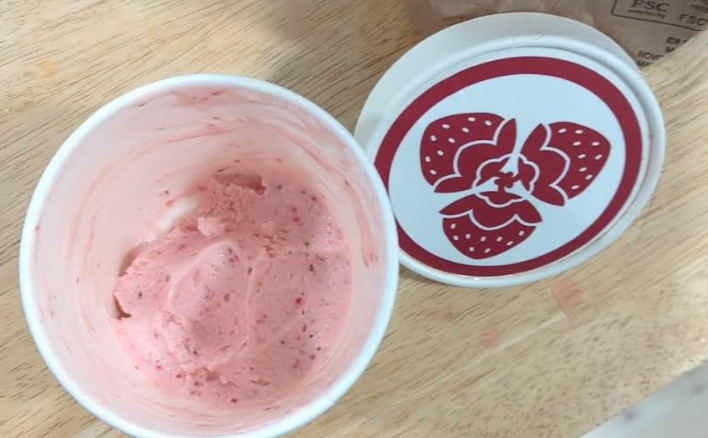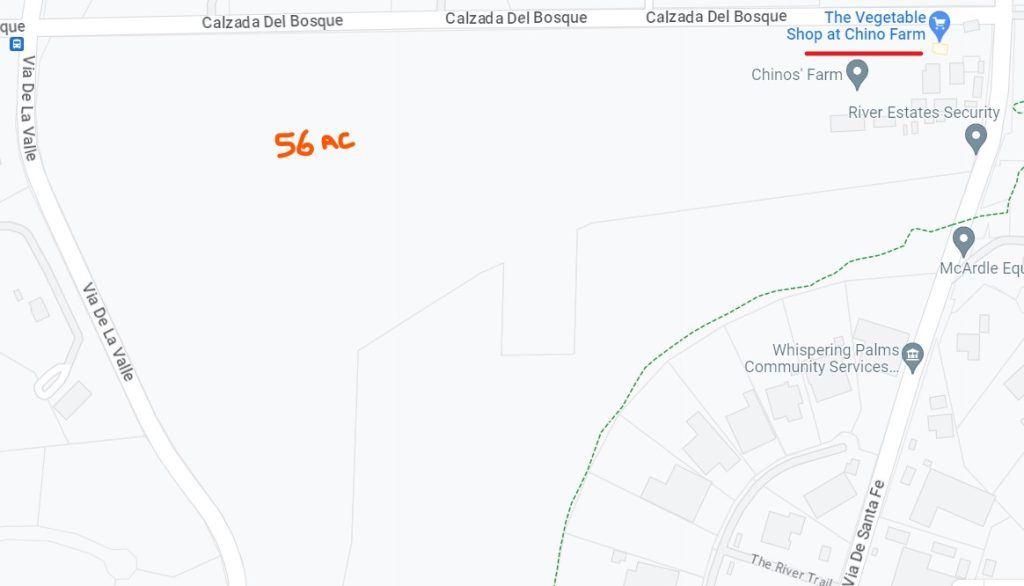Many years ago, we purchased a home in Carlsbad, using a realtor that was recommended to us - Jim Klinge. Fast forward to 2025, we recently had the privilege of selling 2 homes in Carlsbad, CA and didn't hesitate to reach out to Jim and Donna Klinge of Klinge Realty Group to guide us through the sales. The transactions were very different, each with its own unique situation, opportunities and challenges. From start to finish, Donna and Jim helped navigate the pre-sale preparation, the listing, showing of the house, buyer negotiations, the final close and all of the paperwork and decisions in between. What stands out with both transactions is the professionalism of Jim and Donna (and their team), wonderful communication (timely, relevant, concise), their deep understanding of market dynamics (setting realistic expectations), their access to top-notch contractors, and last, their ability to guide us across the finish line successfully. We wouldn't hesitate to use Jim and Donna in the future and highly recommend them for anyone looking to buy or sell a property in North San Diego County.






Thank you Jim. Great story here as well, https://www.sandiegoreader.com/news/1998/jul/09/cover-sugar-in-your-ears/.
““My father had a fairly good reputation in the produce industry as well as the flower business,” Chino says today. Mindful of that, a Los Angeles produce wholesaler and a Quaker who worked for the government “found this piece of property for my parents to raise crops on.” Chino says this occurred about 1946. Junzo at first leased the place from A.M. Dunn, a holder of huge spreads of land in the San Dieguito Valley. By 1952 the Japanese farmer was able to purchase from his landlord 56 acres. He paid $1000 an acre.” $1000 in 1952 is roughly $11/5k today…..
But do they have sky goats?
https://www.google.com/maps/@34.2634589,-118.9915029,3a,15y,174.6h,92.53t/data=!3m6!1e1!3m4!1sylUqIRzL-g0CslAM7I2R7g!2e0!7i16384!8i8192?entry=ttu
BTW this is the same farm family that used to provide the ingredients for the Huy Fong Sriracha (Rooster bottle) until Huy Fong tried to cut them out. Now Huy Fong has quality/supply problems and Underwood Ranch has their own line of better Sriracha. Win for a family farm.
But do they have sky goats?
LOL!
Thanks Eliana – a great history! An excerpt/prelude to add to yours:
When Tom’s parents, Junzo and Hatsuyo, moved to this property after World War II, they grew corn only for their own family. It eventually included nine children, Junzo and Hatsuyo both were born in Japan, though they didn’t meet there. From the fishing village in southern Honshu where he was born, Junzo had come to America around 1920 to check up on his oldest brother, and the two siblings for a while traveled throughout Southern California as migrant workers, harvesting melons, grapes, dates, and almonds. At some point, Junzo became involved with a family named Noda that had immigrated to Oxnard, California, from a town about 100 miles north of Junzo’s hometown in Japan. In 1930, he married Hatsuyo Noda, an act that was “semi-arranged,” according to Mark Singer, the author of the New Yorker profile.
The two young people supported themselves for a couple of years by running a fruit stand in Los Angeles, then in 1934 they began leasing 34 acres near Venice. There they grew vegetables for the LA. wholesale market. In 1937, they moved down the coast to Carlsbad and bought a house and three acres of greenhouses for flowers and vegetable seedlings. In 1940 they began raising peppers on leased land in the San Dieguito Valley and did so until 1942, when Junzo, Hatsuyo, and their six children (then born) were sent to an internment camp in Poston, Arizona. Three and a half years passed before the authorities released the family, and then they learned that the man back in Carlsbad to whom they had entrusted their house and all their possessions had sold everything and pocketed the proceeds.
Is the identity of the Carlsbad man who stole everything from the family known? The names of these people should never be omitted from the stories of what they did.
I read an op-ed about this and the writer refuses to pay $20 for a pint of strawberry ice cream and other musings about “The Ranch”
https://www.escondidograpevine.com/2023/09/13/three-dot-lounge-visits-rancho-santa-fe-20-ice-cream-pints-crying-about-the-spilt-inn-and-foie-gras-lawsuits/
That guy needs to get a hold of himself…
While that review/rant was way off base, Ms Hood; you have no idea how a start up works. You don’t recover start up costs with unreasonable prices. Or that attitude.
Back to the author – he missed out on some great ice cream. I thought it was worth the $20!
Yes, it does look delicious! And it looks like you polished off most of it, Jim! Did Donna ask “Where’s my ice cream!?” LOL!
I snuck in and grabbed my tub and ate it all within 5 minutes – no evidence!